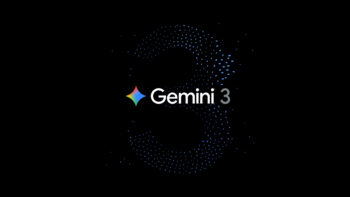Microsoft is seeing rapid growth in adoption of its Fabric data platform, with 21,000 companies worldwide already using the solution. It’s a figure that shows that in the data space Redmond is starting to play in a higher league. Fabric is designed to address the growing need to integrate analytics, data processing and visualisation into a single environment – and, in the process, a tool to build loyalty in the Azure ecosystem.
Importantly, Fabric did not emerge in a vacuum. In recent years, organisations have been investing massively in data infrastructure, AI and reporting. Meanwhile, Microsoft, leveraging its position as a cloud provider and Power BI suite, is offering something more: a full end-to-end platform, integrated with the rest of its technology stack. This is a strong bargaining chip, especially for companies looking to reduce the number of suppliers.
But Fabric’s success is not without its impact on Microsoft’s relationship with its partners – particularly Snowflake and Databricks. Both companies have benefited from Azure integration for years, but Fabric’s growth means they are increasingly becoming its competitors. Microsoft already officially lists Databricks as a rival and MongoDB as a contender.
The situation illustrates a classic dilemma in the world of technology platforms: where does partnership end and rivalry begin? For Snowflake and Databricks, partnering with Azure is still an important revenue channel. At the same time, by developing their own data engines and analytics tools, Microsoft is taking control of what was previously provided by external companies.
It will be interesting to watch how the dynamics of these relationships change. Fabric, if it maintains its growth rate, could reduce companies’ reliance on third-party data tool providers. This is bad news for startups and independent vendors, but beneficial for customers looking for simplicity and integration.
So Microsoft is playing for more than data market share – it is playing for the future of IT architecture in large organisations. And it looks like it does not intend to share this space without a fight.












